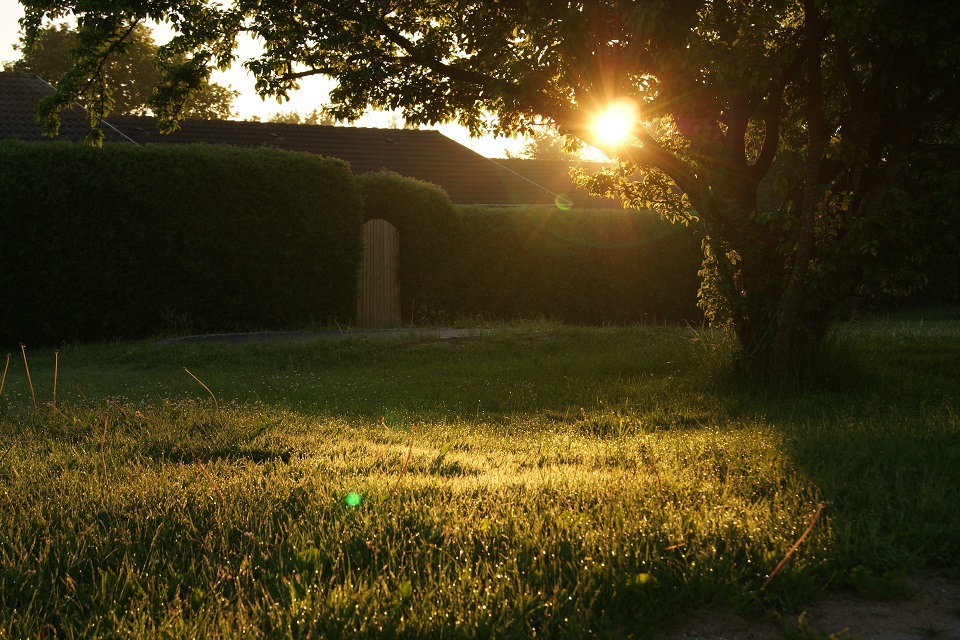Transforming your backyard into a wildlife-friendly habitat that houses birds, bugs, amphibians, and other local wildlife is a satisfying, fun and rewarding experience. It doesn’t matter if you live in a city, suburban plot, or in a rural area with acres of land; you can still contribute to the endangered biodiversity by providing all the basic necessities right in your yard.
Transforming your piece of land into an area where the local wildlife can thrive need not be difficult or expensive. A wildlife-friendly backyard should consist of the four essential things—food, water, protection from weather and predators, and a place for nesting young ones.
Here are some ways to incorporate wildlife back into your lives.
Table of Contents
Food
You can add different types of plants to your pre-existing flora, especially which are native to your area to provide food and shelter to the wildlife. You can also take help from your local horticultural departments and North American Whitetail sponsors to select wildlife-friendly native plants that cater to the needs of local species, and to know which invasive species are harmful.
- To keep lively wildlife, you need lots of birds. Therefore, your first goal should be to install as many bird feeders in your garden as possible. Also, since winters make it harder for them to look for food and unfrosted water, you can attract them to your garden by offering them food in various forms like grains, seeds, and small pieces of fruits. Dot your garden with shallow bowls to make birds sip unfrosted water easily.
- For their terrestrial companions that may wander into your garden, plant edible trees, shrubs, and other species can make a great feast for different local wildlife. But make sure you have checked with the experts which plants to avoid altogether.
- For insects, lichen and fungi; leaf litter, decaying wood, and mulch serve as excellent food. Therefore, it is recommended to go organic and avoid using chemicals to raise flora and fauna.
Source Of Water
- A water source, such as a small pond, is necessary in your garden to support amphibians’ ecosystem. It doesn’t have to be large pond, but make sure to keep your garden pond’s liners shallow to allow amphibians communicate to the land easily. Also, make a separate pond in a corner if you want to cultivate fish, or else they will eat your water plants. Since, algae are associated with any water source, you need to clean it regularly, but avoid using any chemicals for the same as they may harm your ecosystem.
- It is recommended to allow pumped or circulating water, maybe via a small fountain to prevent mosquitoes from breeding.
Shelter
Everyone needs shelter to protect themselves from harsh weather and as a security from predators. So, to include different fauna species, you will need different forms of shelter and cover.
- Long and abundant grass attracts wildlife. Therefore, you can plant flowering plants, bamboo grass, reed and papyrus, especially around the pond. Bluebell is a wildlife grass popular among bees and birds, so you can plan on growing it. Also, avoid adding any artificial light to make your garden lit up. Let it flourish the naturally.
- For butterflies, you can make enclosures that protect the larvae from predators during their growing stage.
- Trees, wooded area, boulders, burrows, caves, fallen logs, and rock walls create excellent shelter for wildlife.
Conclusion
Therefore, incorporating wildlife in your backyard is an incredible, one-of-a-kind experience. Having a wildlife-friendly garden can positively impact your life as well as the biodiversity. So, what are you waiting for? Go and plan to build a wildlife-friendly ecosystem in your yard and get it certified.



